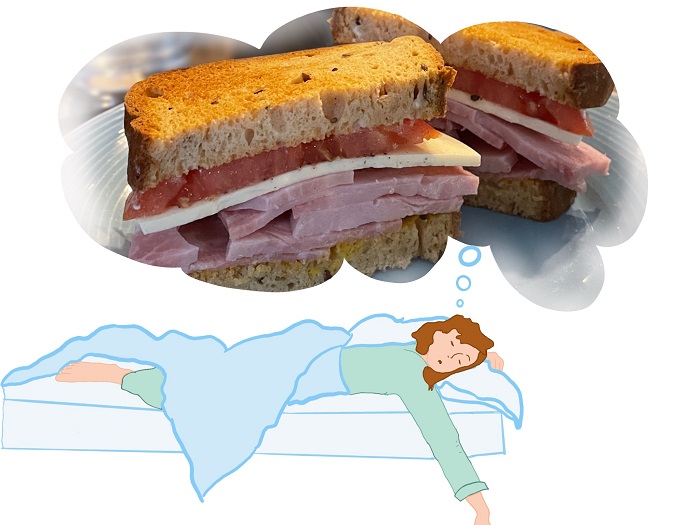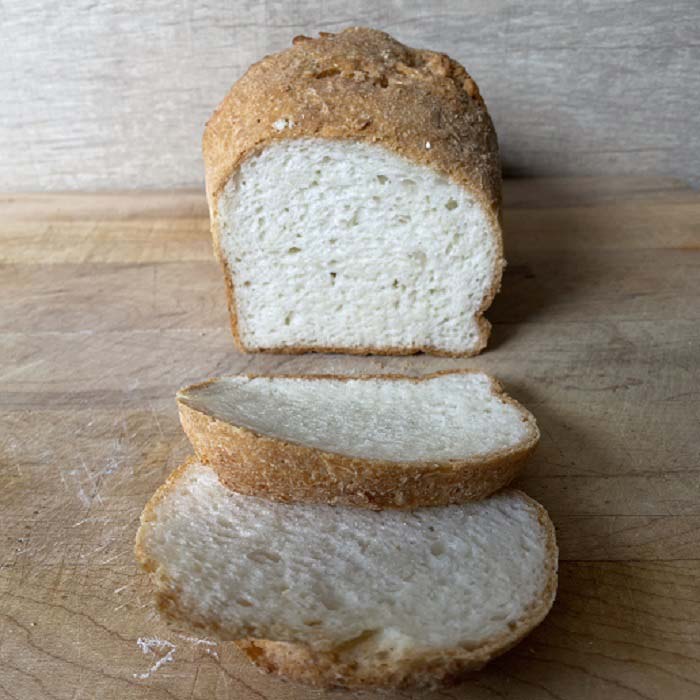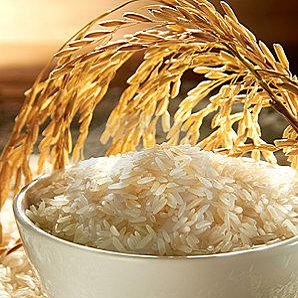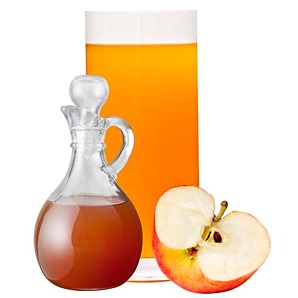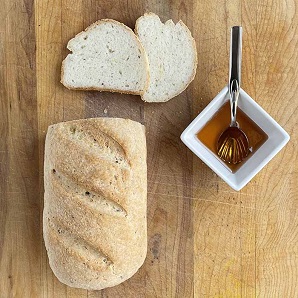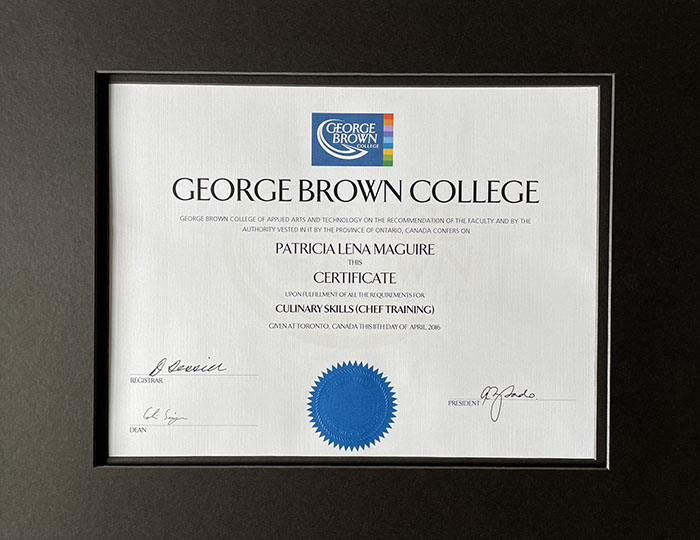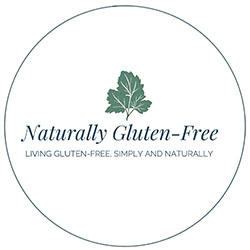Unveiling the Truth: Is Gluten-Free Bread a Healthy Choice?
Is Gluten-Free Bread Healthy?
Healthy Gluten-Free Bread: First, we have to ask the question “Is bread healthy”. It’s depends on what you’re trying to accomplish and what bread you’re eating. If you’re following a keto or low carb diet for example, you’re likely eliminating or drastically reducing all grains, including any form of bread from your diet.
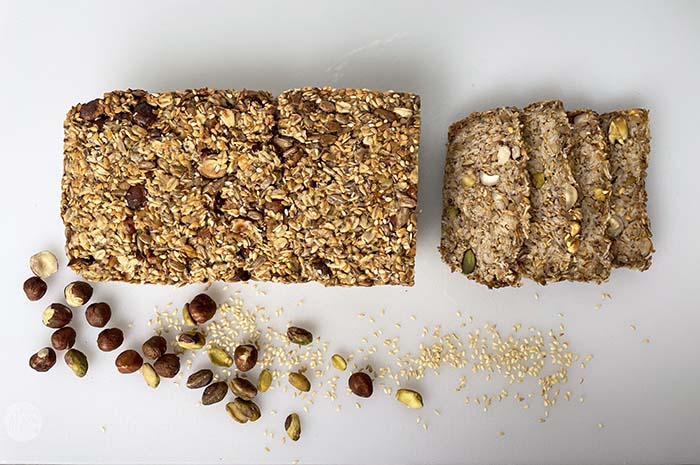
Life-Changing Bread
And yet…
Grains have a lot of nutrients, so in my opinion, healthy gluten-free bread can be part of a healthy diet.
Wheat gives you: calcium, iron, magnesium, phosphorus, sodium, zinc and Vitamins C, B1, 2, 6, A, E and K. The average slice of wheat bread also delivers about 15 – 17 grams of carbohydrates.
So in our old, pre-gluten free world, I would say bread in moderation is healthy if you look for a bread that has as few ingredients as possible and nothing that you don’t recognize as food. Remember that ancient Egyptian bread we talked about? That was just wheat flour, water, salt and natural yeast.
Now back the the original question; Is gluten-free bread healthy?
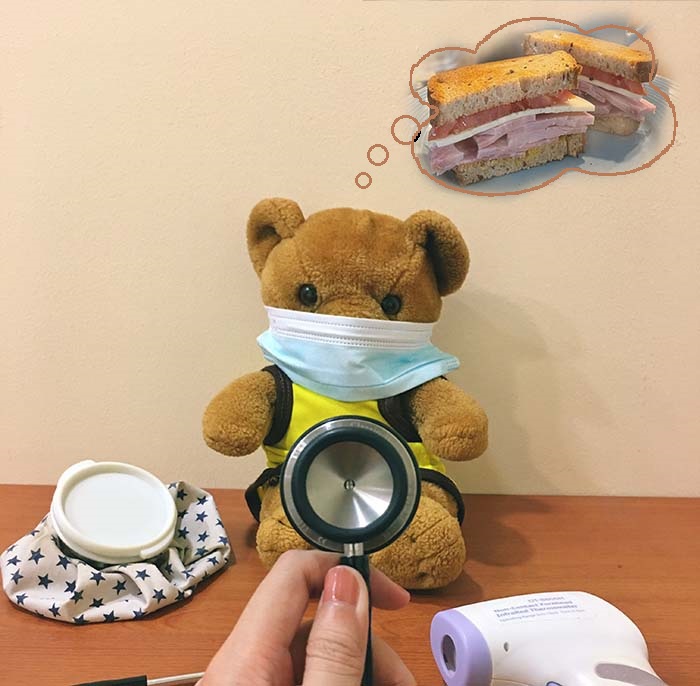
Gluten-free bread is made from gluten-free grains, so it’s impossible to make a blanket statement about what the nutritional value of gluten free bread is.
Rice for example has calcium, iron, thiamin, pantothenic acid, folate and vitamin E. sorghum has potassium, niacin, thiamin, phosphorus, manganese, magnesium and vitamin B6. And so on…
But in a nut shell we can say the same thing. If you you're looking for a healthy gluten-free bread, choose a bread with as few processed ingredients as possible, you will be better off health-wise.
Gluten-Free Grains: For more on gluten free grains, how to buy them, how to use them and how they fit into controversy around the gluten-free diet, go here.
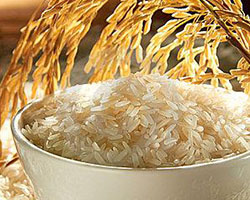
Gluten-Free Bread Nutrition Facts
Nutrients in Wheat Bread vs Gluten-Free Bread
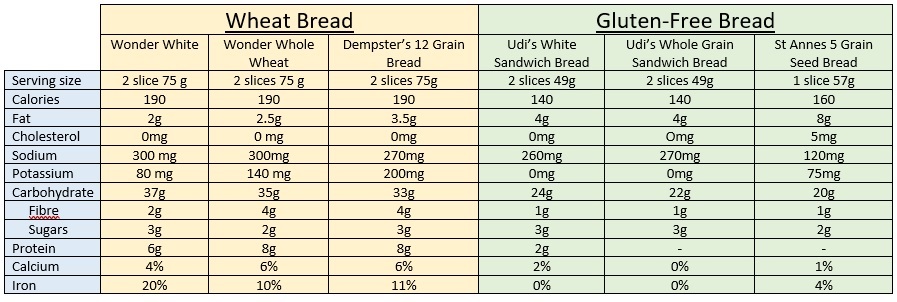
A few key things to note here:
1. Serving size. The weight of a serving of gluten-free bread is much less so...
2. Gram for gram gluten free bread has more calories, fat and carbs than wheat bread with less fibre.
This doesn't mean you have to avoid gluten-free bread altogether or that gluten-free bread isn't healthy, it just means that you have to be aware that it is denser and eat less.
The Problem With Gluten-Free Bread is the Gluten-Free Part

Gluten is the “glue” in wheat flour that holds the dough together and creates the structure for the little air bubbles that form as your bread rises. Think of it as the rubber wall of the balloons that holds the air in. Yeast or baking powder or baking soda releases gas and that gas gets trapped forming little gluten pockets in the dough. Without gluten there is nothing to trap the gas so other ingredients need to be added to mimic the properties of gluten. That’s why gluten-free bread flour usually includes gums like xanthan gum or guar gum. They are sticky “emulsifiers” that help provide structure so your gluten free bread can rise.
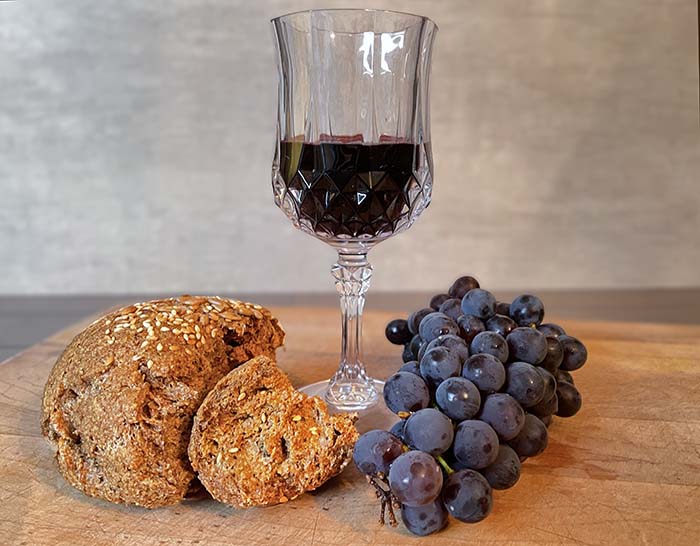
Gums and Other Emulsifiers
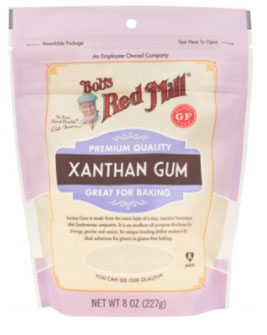
There are a few things to consider with gums though. They are very highly processed. (go here for an explanation of how xanthan gum is made), some people don’t tolerate gums well, and they do an adequate but not great job of providing that structure to trap the gas. That’s why gluten-free bread, even healthy gluten-free bread, tends to be smaller and more dense. Another ingredient that helps to provide structure is eggs. So you’ll often find gluten free bread ingredients include eggs where wheat bread usually doesn’t. Egg replacers can be used but don’t do as good of a job, so your vegan gluten-free breads usually don’t rise as well. Other more “natural” emulsifiers like psyllium husk or flax seeds or chia seeds can be used.
Naturally Gluten-Free Bread: Can bread even be part of a naturally gluten-free diet? Let's explore this together. I think you'll be pleasantly surprised to find that when it comes to bread, there are lot's of choices from around the world and right in your own back-yard that are healthy, simple and natural. One may even change your life :)
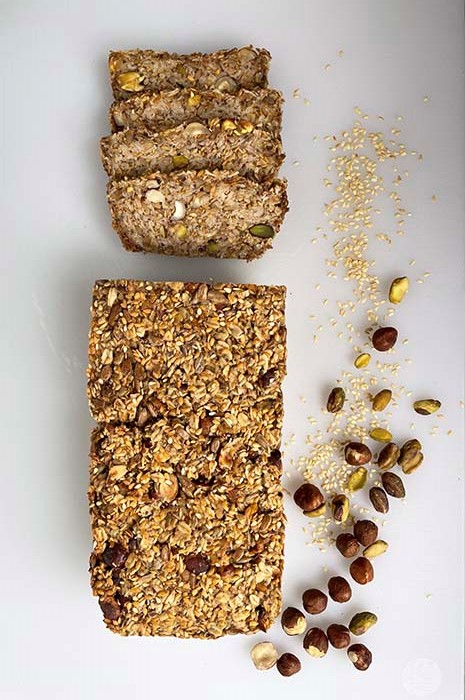
Starches in Gluten-Free Bread
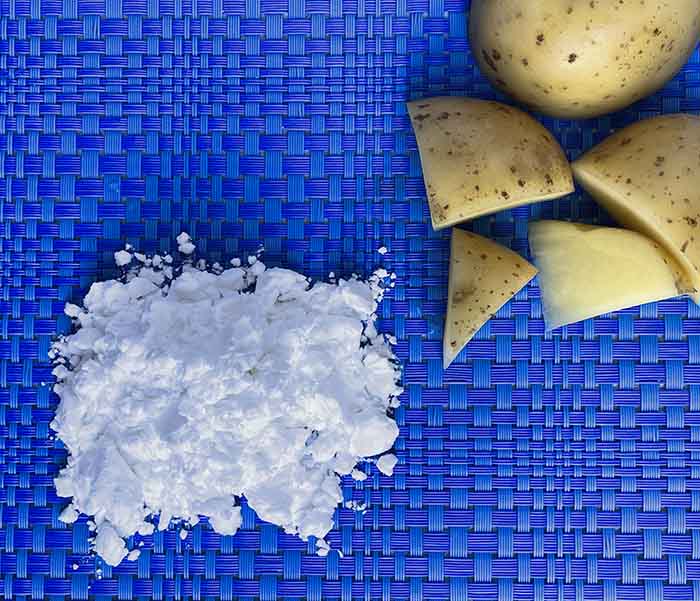
Since we can’t have wheat, rye or barley, gluten free bread must be made from gluten-free grains. The problem is that no single gluten-free flour can mimic the properties of wheat flour. Gums and eggs and other emulsifiers can help with structure, but different grains also have different consistencies, different protein and carbohydrate contents as well as different nutritional profiles. That’s why your gluten-free flours are usually a blend of different flours and starches. So, in addition to highly processed gums, gluten free bread often contains starches like tapioca or potato. These are also highly processed. These starches are approved for use in most countries and may even have some nutritional benefits, but if you are taking the more natural approach to your diet and trying to focus on whole foods and healthy gluten-free breads, you may wish to avoid or limit these ingredients.
Healthy Gluten-Free Bread: Watch for sugars
Yeast eats sugar and expels gas. In regular wheat bread, that sugar comes from the starches in the wheat flour. No additional sugar is necessary. Technically speaking, the same is true for gluten-free bread. However you may find some sugar or honey added for flavour and to help the yeast along. Just be aware if you’re trying to limit the amount of sugar in your diet and perhaps choose a product without added sugar or with a bit of honey instead of refined sugar.
What Should We Eat?
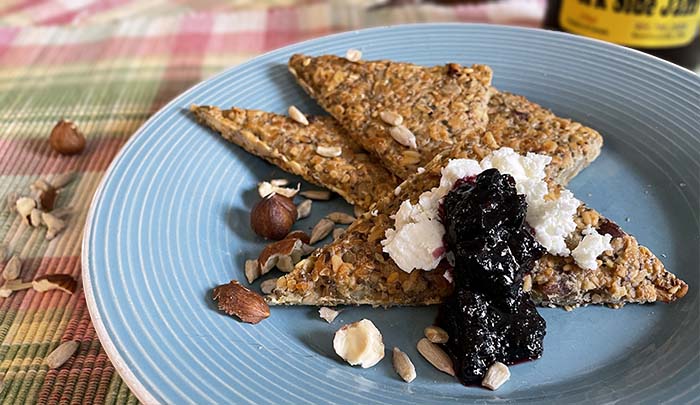
Nordic-Style Gluten-Free Flatbread
This Goes Back to My Food Philosophy

Natural is best.
Balance is essential.
Simplicity is the thread that ties it all together.
Healthy Gluten-Free Bread Choices
 |
Enjoy your bread, in moderation. |
 |
Focus your diet on naturally gluten-free whole foods. |
 |
Try local bakeries rather than supermarket brands where you can. |
 |
Try naturally gluten-free breads with fewer ingredients |
Has this been helpful? Are you feeling more confident about making healthy choices where gluten-free bread is concerned? I'd love to hear from you on Facebook or Instagram.
